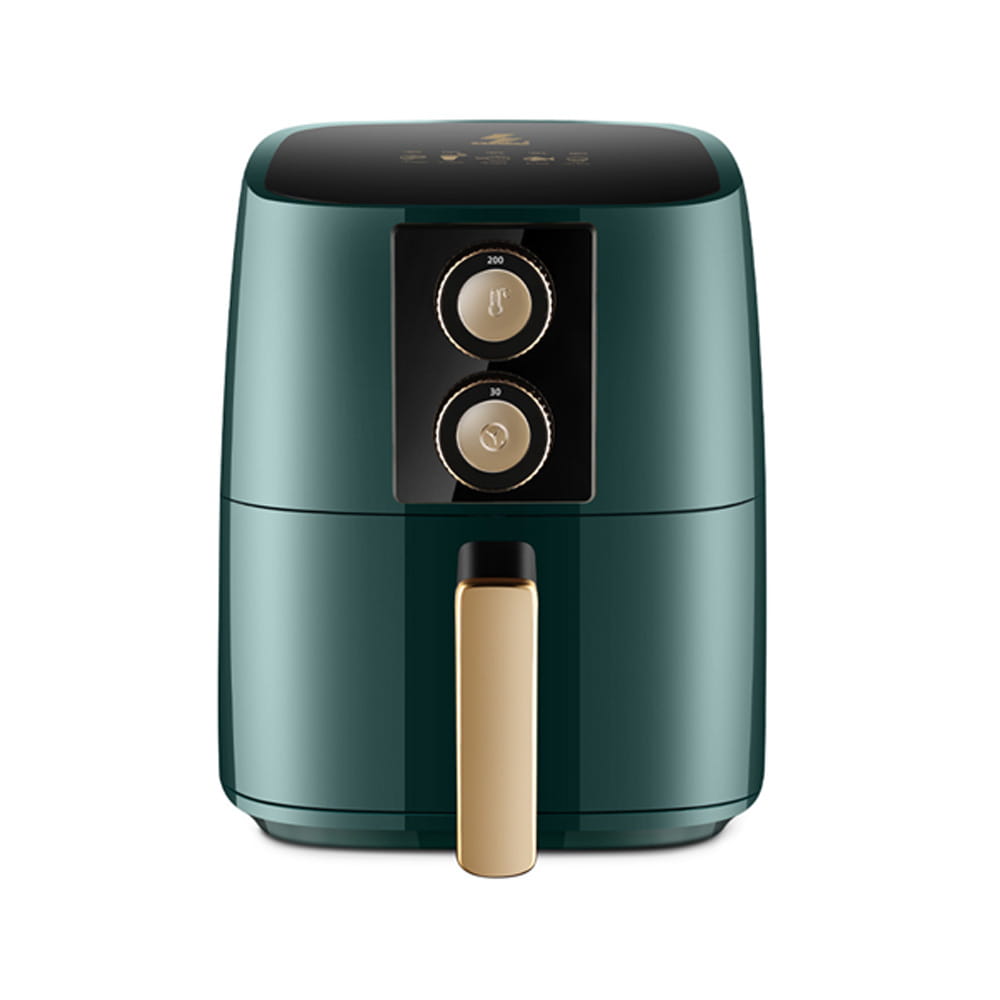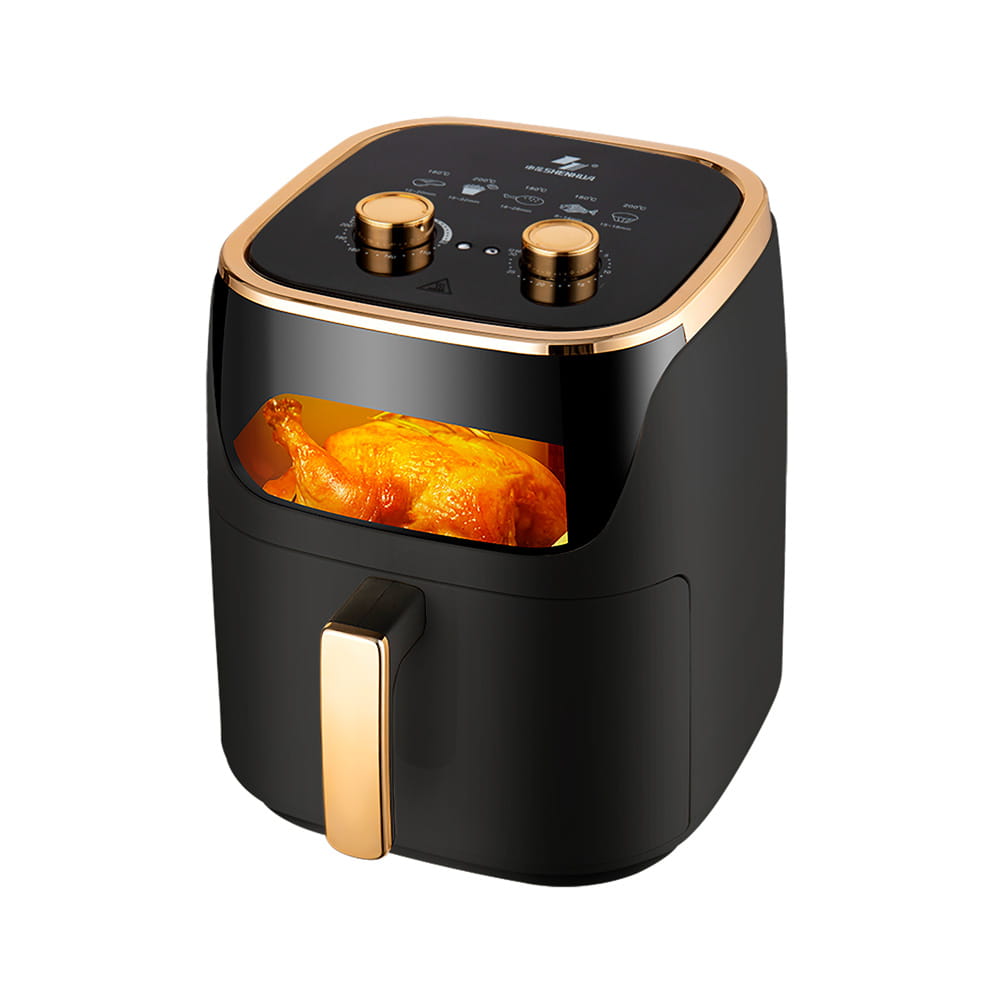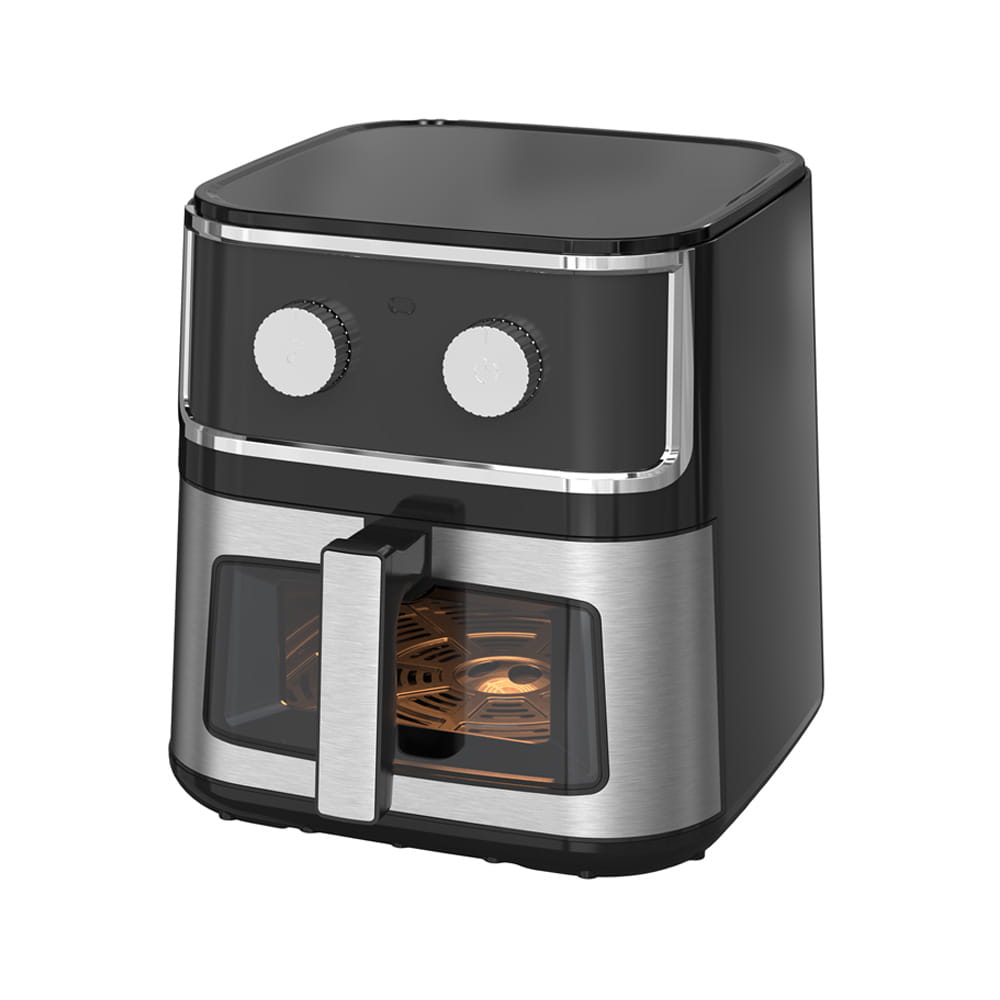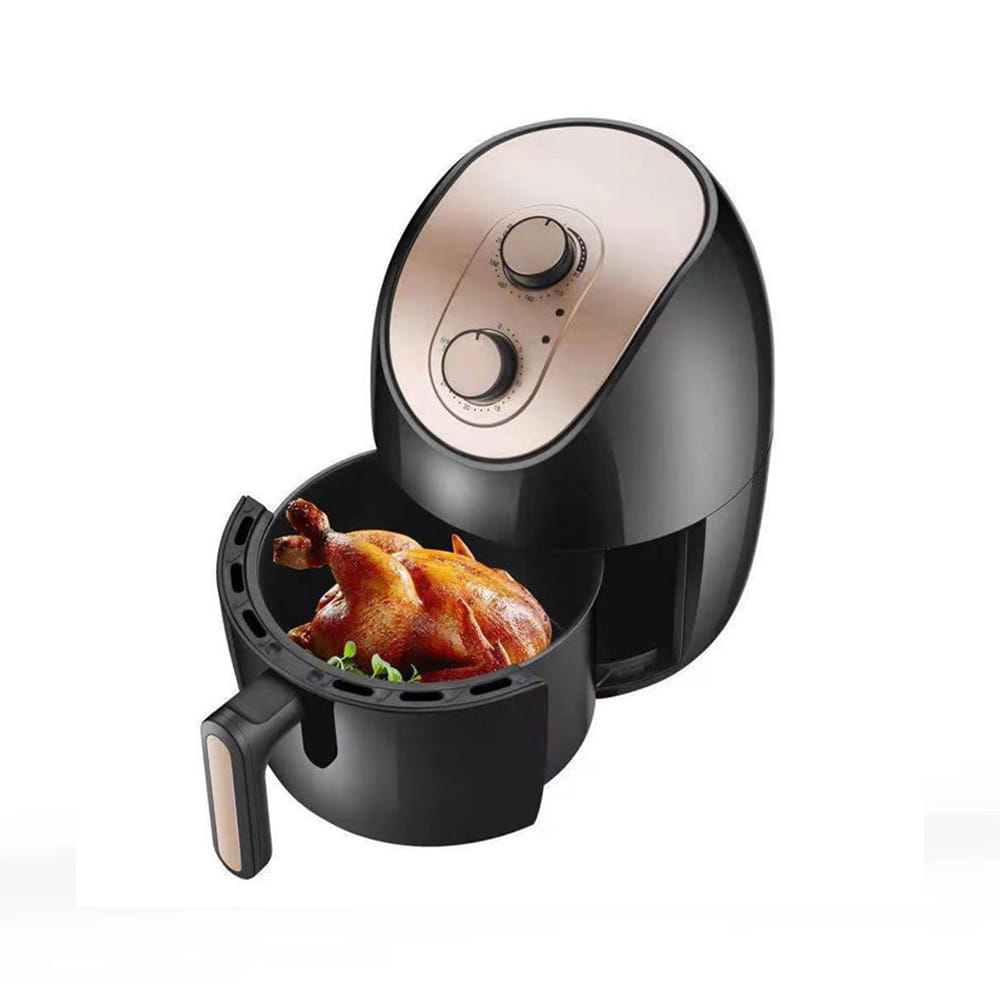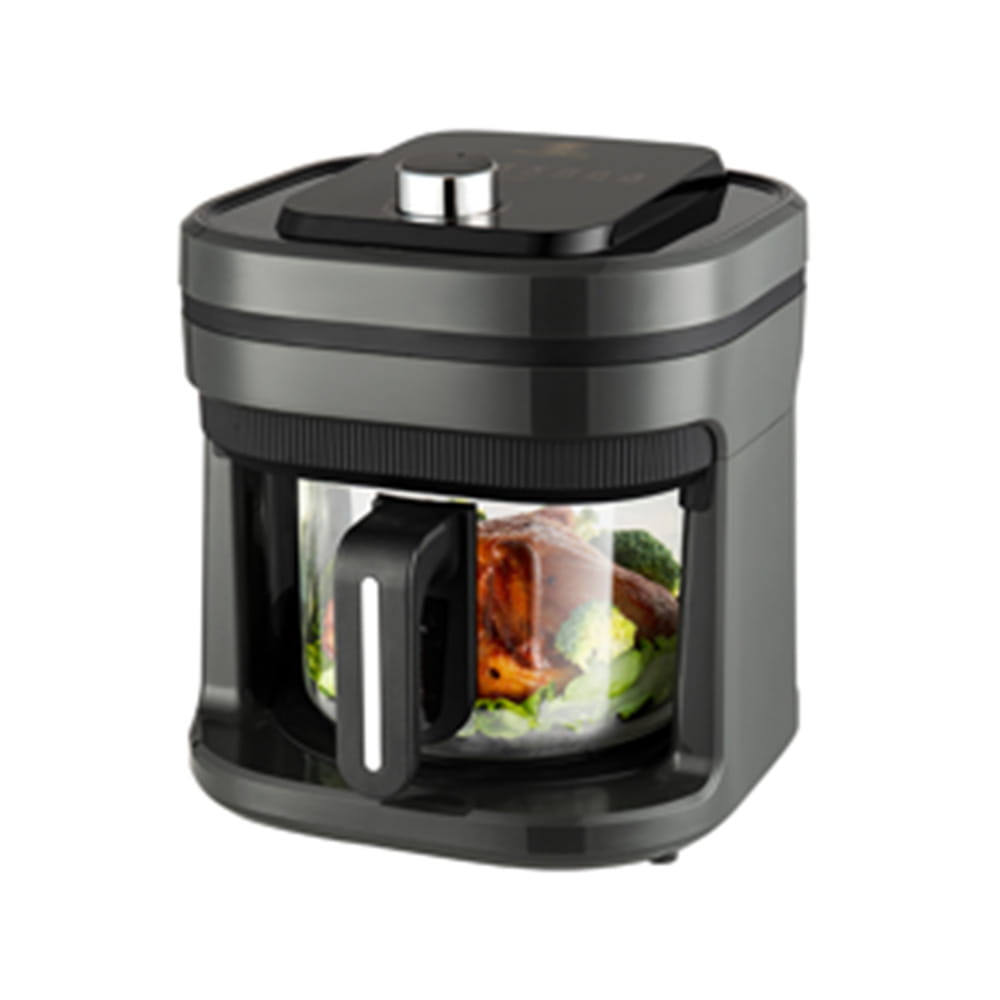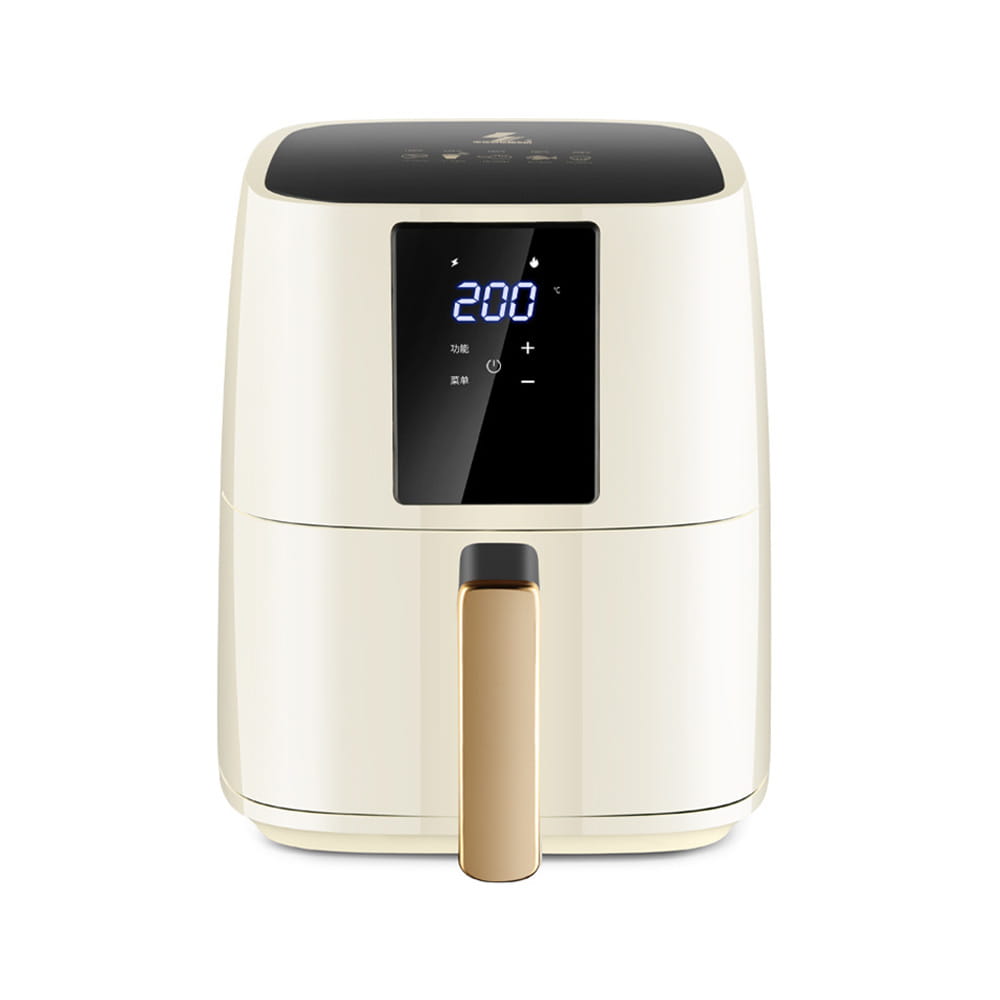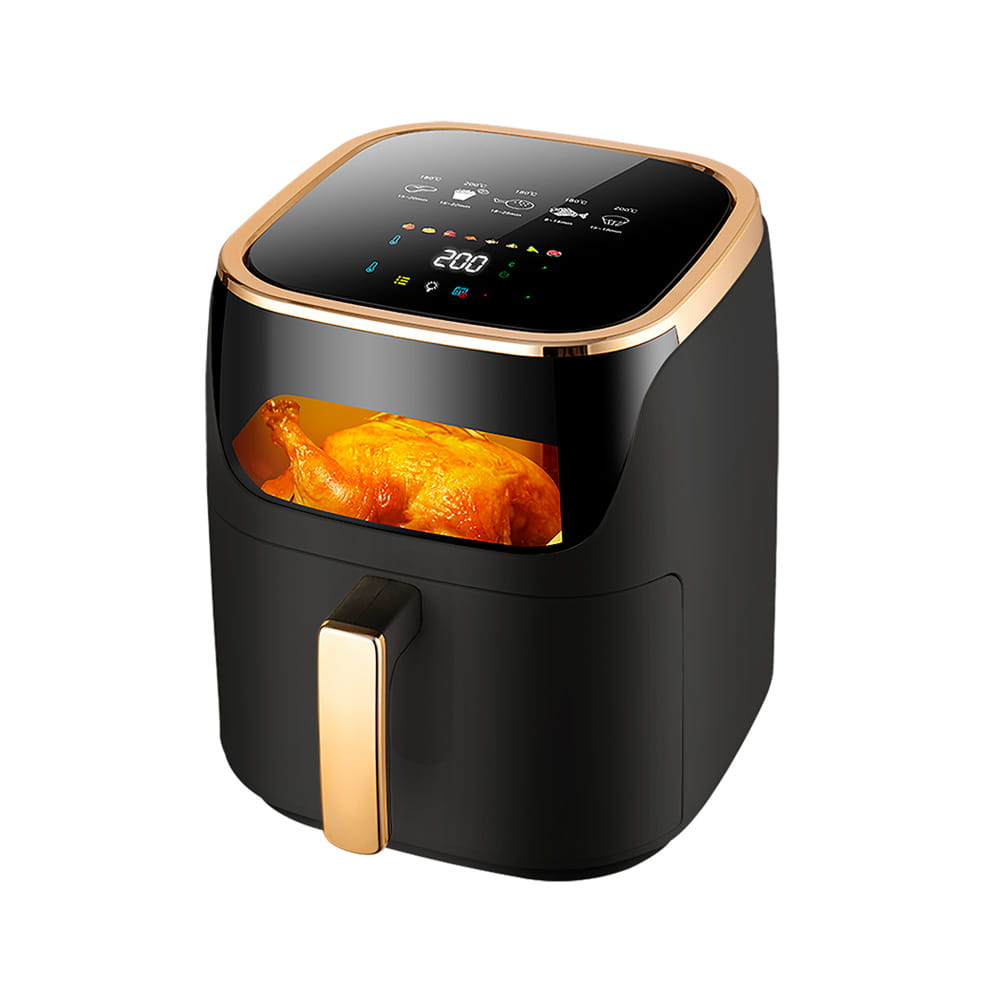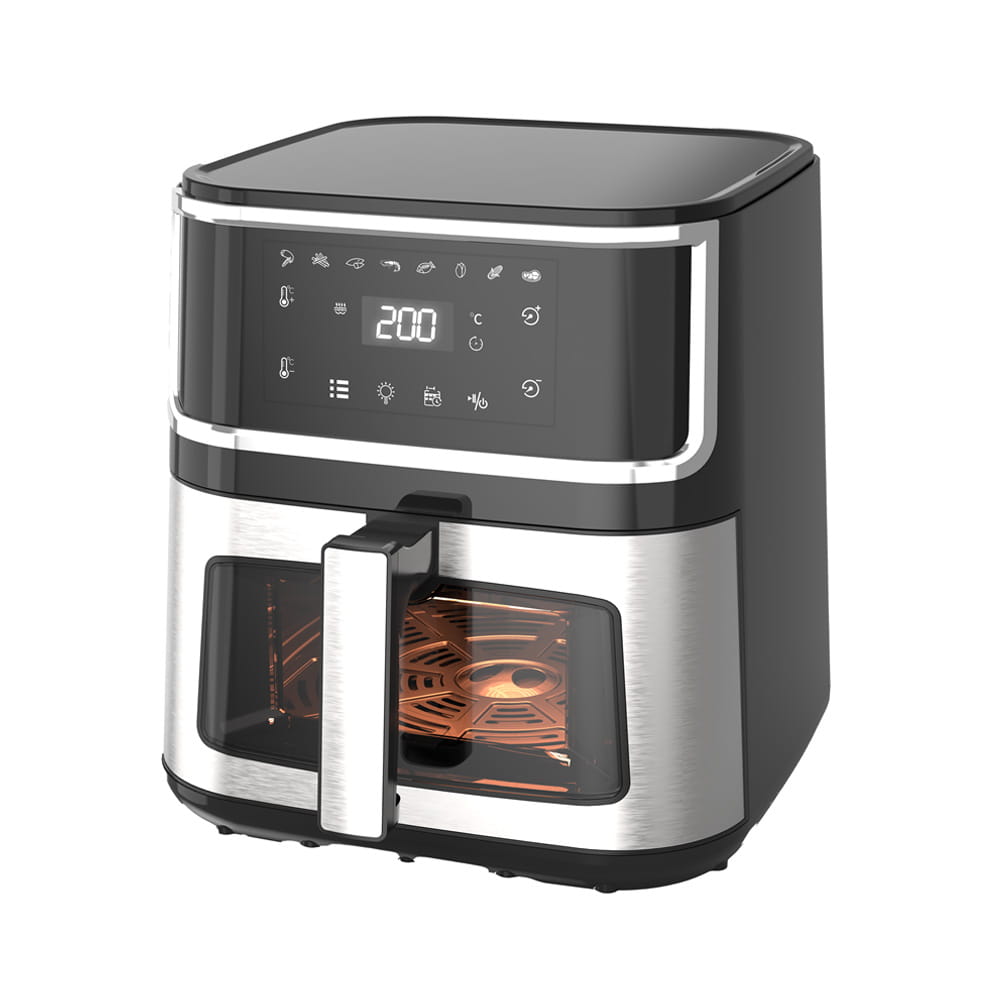Applying Principles of Thermodynamics to Insulation
Effective thermal insulation must simultaneously mitigate all three modes of heat transfer: conduction, convection, and radiation.
1. Mitigating Thermal Conduction: Air Gaps and Low-k Materials
Thermal Conduction is the primary mechanism by which heat passes from the high-temperature inner cavity to the low-temperature outer shell through physical contact points.
-
Double-Wall Construction: This is the foundation of the design. A precisely calculated vacuum or still air gap must be maintained between the inner liner/glass and the outer shell. Air is an excellent insulator due to its extremely low thermal conductivity (k). Increasing the thickness of this thermal buffer significantly raises the resistance to heat flow.
-
Minimal Contact Suspension: The points of physical connection between the inner and outer walls act as "thermal bridges." Professional design minimizes these contact areas by employing a point-suspension system. Components made from low-conductivity materials (such as high-performance polyamides or ceramic spacers) are used to "float" the hot inner chamber within the outer frame, effectively interrupting continuous conduction pathways.
2. Suppressing Thermal Convection: Airflow Barriers and Sealing
Thermal Convection occurs within the air gap as heated air rises and cooler air falls, creating a circulatory current that accelerates heat transfer to the exterior.
-
Precise Cavity Sealing: The air gap cavity must be maintained in a relatively sealed state during operation to prevent the leakage of hot internal air and, crucially, to block the ingress of cooler external air that would fuel the convective cycle.
-
Internal Flow Baffles: For large viewing windows, sophisticated designs may incorporate internal, non-visible baffles or flow disruptors within the air gap. These structures break up potential convection loops, forcing the air within the gap to remain static, thereby preserving its insulating properties.
Specialized Thermal Engineering for the Viewing Window
The ClearCook viewing window or the entire Glass Air Fryer vessel requires specific engineering due to its dual requirement for transparency and safety.
-
Double/Triple-Pane Glass Structure: The industry standard is a structure analogous to high-end ovens, featuring double- or triple-layer tempered glass separated by precisely engineered vacuum or inert-gas-filled micro-gaps. Tempered glass provides excellent thermal shock resistance.
-
Low-Emissivity (Low-E) Coating Technology: To combat Thermal Radiation (the infrared energy emitted by the hot inner surface), professional air fryer glass utilizes a Low-E coating. A microscopically thin layer of metallic oxide is deposited onto the inner glass surface. This coating efficiently reflects internal radiant heat back into the cooking chamber, drastically reducing the thermal energy that penetrates the glass to reach the exterior layer, all while maintaining high visible light transmission.
Structural Integration and Active Thermal Management
Isolation alone is insufficient; the external casing itself requires active thermal management for peak performance.
-
Insulating Air Curtain Design: In premium Visible Air Fryers, the appliance’s own fan system is leveraged to create a continuous cool air curtain between the inner chamber and the outer shell. The fan draws ambient air from the base or rear, channels it through the insulation gap, and exhausts it near the top. This active cooling flow carries away the small amount of heat that permeates the passive insulation, further lowering the external surface temperature.
-
Material Selection and Heat Dissipation: Outer shell materials are chosen for both aesthetics and function. Areas subject to frequent user contact prioritize low thermal conductivity engineering plastics. Load-bearing and structural components utilize high-temperature resistant metal alloys with optimized surfaces for passive heat dissipation. All materials undergo rigorous thermal endurance testing to ensure they resist discoloration, deformation, or the emission of harmful volatile compounds under sustained high-heat conditions.
By integrating conduction interruption, convection suppression, Low-E radiation reflection, and active air curtain cooling, a professional-grade ClearCook Air Fryer delivers a premium, highly visible cooking experience that is simultaneously safe, cool, and energy-efficient for the consumer.

 English
English Español
Español
